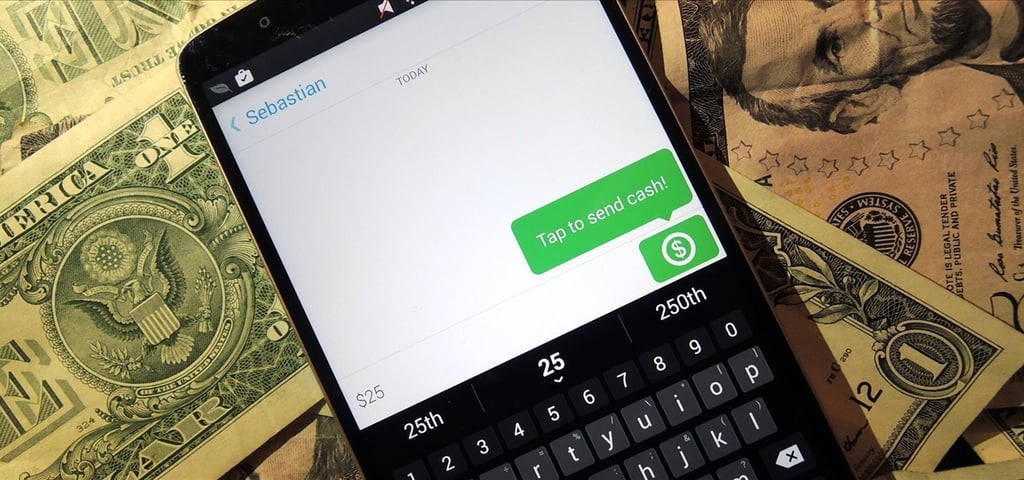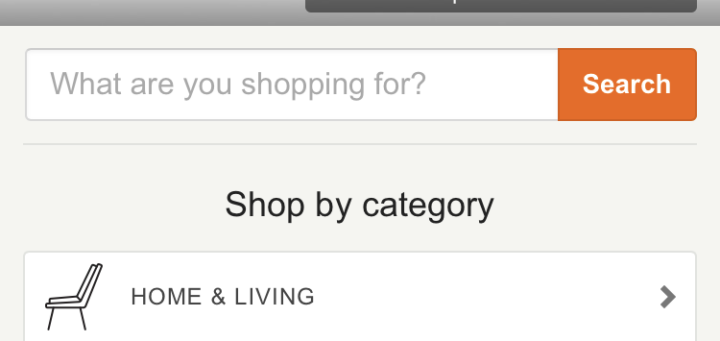Messenging apps are a new form of social being referred to as “Dark Social” in that these chats are private and the content shared across them is out of the general view of those who would normally see it publicly on a social media platform newsfeed. A study done by RadiumOne has estimated that 82% of global mobile shares happen via Dark Social channels (vs. 11% via Facebook and 8% via all other public social media channels). Additionally, messenging apps typically target an ideal audience: Millennials and Gen Z.

So, if I’m a Millennial and spending 90% of my daily “chat time” and 82% of my content sharing via a messenging app, it only makes sense that a business would want to infiltrate that. Most of these apps have historically been ad-free, but marketers and advertisers are finally realizing this huge increasing opportunity to promote their brand, their products and services, and engage with their audience.
But how exactly can businesses do this? Here are 6 examples of how retailers are using mobile messenger apps to market to their consumers.
1. In-Chat Shopping
Viber launched in-chat shopping earlier this year, and Macy’s was one of the first big retailers to test it out. Users just click a button to begin browsing and sharing Macy’s products from within the Viber app, and if they decide to make a purchase, Viber will send the user right to the Macy’s website to complete the transaction.
This functionality makes it super easy for users to “go shopping” with friends they are chatting with, sharing product links and sale information all from within the messenging app.
2. Customer Service Bots
Facebook Messenger for Business is actively enlisting the use of bots to help provide better customer service. Consumers can opt in to receive order updates directly through Messenger, and also use the app to directly contact customer service. For example, KLM Airlines offers the ability for passengers to receive booking confirmations, check-in reminders, boarding passes and flight status updates, all through Facebook Messenger.
3. Personalized Product Recommendations
Sephora has started to use Kik Messenger to offer personalized product recommendations. When Shoppers contact Sephora customer service through the app, they are directed to take a quick quiz that will provide their age and favorite products and brands. Sephora then uses this information to provide specific product reviews, product tutorial videos, and product links so the user can purchase an item without ever leaving the Kik app.
4. Peer-to-Peer Payment Processing
Back in 2014, Snapchat launched “Snapcash”, a virtual wallet app, via a deal with Square Cash. Essentially, you sign up using a Visa or Mastercard debit card and can send cash to any friend’s account — all they have to do to receive it is sign up for their own Snapcash account.

Later, in 2015, WeChat partnered with a payment processor to enable US-based WeChat users to send and receive money cross-border across hundreds of countries and territories via Western Union’s WU Connect Platform.
Facebook has also jumped on the bandwagon, offering Facebook Payments via their Messenger app, again after you add a US-issued debit card to your account.
5. Run Contests or Promotions
Running a contest or promotion campaign via messenger apps is a no-brainer. For example, WeChat used the same Western Union integration mentioned above to run Red Envelope campaigns for Chinese New Year for the past 4 years. As of 2016, an estimated 8 billion users were sending red envelopes to their friends and families via WeChat. This huge user base attracted some big, luxury brands like Burberry, who colluded with WeChat to launch an interactive campaign for last year’s Chinese New Year holiday.
The “A Lunar New Year” gift campaign allow[ed] users to tap, swipe, and shake to digitally “unwrap” gifts from the brand. Once their gift is “unwrapped,” they [had] the opportunity to send a personalized e-card to contacts on WeChat. In addition, users [were] entered for a chance to win limited-edition Burberry Lunar New Year envelopes when they unlock[ed] their “gift” on the app.
Capitalizing on holidays, anniversaries or other promotional events are a great way to interact with users who are already active in messenger apps for similar reasons. For example, offering the ability to send branded birthday cards to those already using an app to send a birthday message to a friend.
6. Shop via Text
After establishing the ability for shoppers to text directly with personal shoppers a few years ago, they took it a step further by allowing those shoppers to complete a purchase via the same text.
The initiative, called TextStyle, relies on Next, a secure, private program that the Nordstrom personal shoppers use to communicate with their clients, so customers who want to opt in on TextStyle have to sign up for a Next texting account. Once that’s out of the way, Nordstrom salespeople and customers can text images of products back and forth. If customers see something they like, they can text “buy” (along with a unique code) to the salesperson and the transaction will be handled with the information in the customer’s Nordstrom.com account.
Not only is this a great way for Nordstrom to provide a very elevated, personal shopping experience for their customers, but it also makes the buying process quite seamless. Shoppers can literally buy from anywhere, at anytime, as long as they have access to their phone (which are glued to everyone’s hands nowadays anyway!)
—
We open messaging apps multiple times a day and spend a significant amount of our mobile time on them. Whether we are texting, calling, sending images or GIFs or video messages, it’s clear to say that these apps are necessary for us to be able to communicate with each other easily and efficiently…which is why it’s also become clear that there are huge opportunities for businesses within the messenging app world.
To learn more about the future of inbound and what other marketing initiatives HubSpot is recommending for the coming year, click the image below to download a copy of their 2017 State of Inbound Report.


